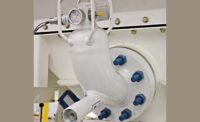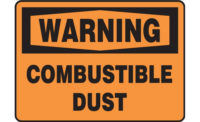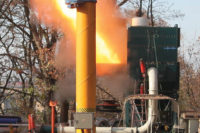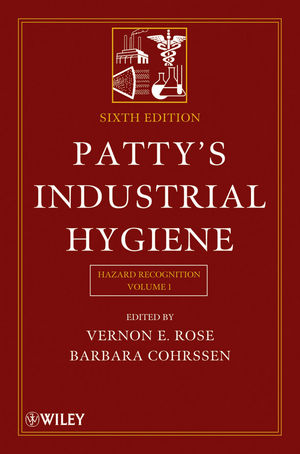NFPA 652: Introducing the new dust hazard analysis method

Combustible dusts are a recognized hazard for industrial facilities everywhere, and performing a hazard analysis is the best way to evaluate your risk of an explosion. In October 2015, the National Fire Protection Association published the newNFPA 652: Standard on the Fundamentals of Combustible Dust (2016 edition). The NFPA committee recognized the widespread lack of understanding of combustible dust hazards in industry and determined that a combustible dust standard was needed to promote awareness of the problem. In this standard NFPA 652 introduced a new term, Dust Hazard Analysis (DHA), which is geared toward factories involved in basic processes that generate combustible dusts collected by simple dust collectors.
NFPA 652 is now the starting point for defining a combustible dust and its hazards. Its purpose is to clarify the relationship between the shared standards and the industry-specific standards such as NFPA 484 for metals, NFPA 664 for wood, NFPA 655 for sulfur, and NFPA 61 for agricultural and food processing. These standards require that a facility processing or handling combustible dust perform a hazard analysis and risk assessment for each operation that handles combustible dust. DHA differs from the more complex Process Hazard Analysis (PHA) used by industries such as refineries and chemical manufacturing. It is not the intent of the NFPA to force all manufacturers to undergo strict hazard analysis procedures that are necessary for industries such as these.
NFPA 652 provides a detailed guide for a hazard analysis on a dust collection system in its appendix. The standard also contains retroactive requirements for a DHA. Now, all existing systems are required to have a DHA, and the time limit to perform this analysis is three years from the date of issuance of the standard, October 2015. This is one of the most important changes to NFPA standards in recent history.
In many cases with nuisance dust collection systems, a single person familiar with the process can prepare the DHA. In other cases, help will be required to expand the knowledge base available to the analysis. In these situations, an experienced person competent in the type of analysis and the process should participate. Sometimes equipment operators should be pulled into the team. The people on the front line operating and maintaining the equipment will often have valuable insights into not only the hazards present but possibly simple fixes for recurring malfunctions that might cause a hazardous condition, thereby alleviating the hazard.
For further information on NFPA Standard 652 and Dust Hazard Analysis, visit www.nfpa.org.
Looking for a reprint of this article?
From high-res PDFs to custom plaques, order your copy today!







